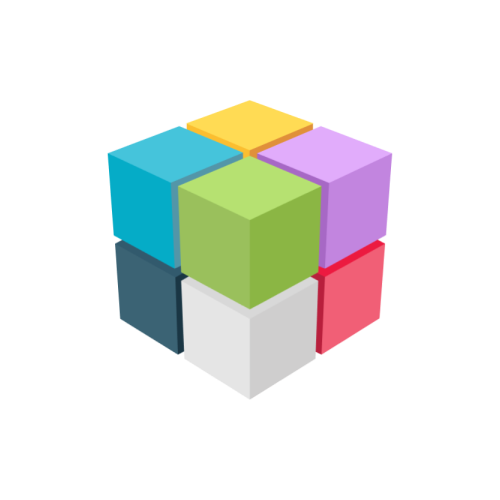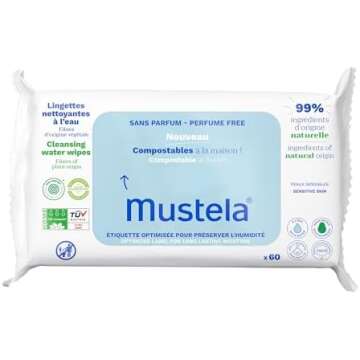Baby Products: Essential Items for Your Little One
Caring for a baby is so much easier with the right products, making life better for both parents and their little ones. Whether it's about comfort, safety, or encouraging growth and fun, baby products are thoughtfully created to support infants through every stage. In this article, we'll dive into essential baby product categories and highlight the unique features that make them must-haves for your baby's well-being.
1. Diapers and Wipes
Diapers and wipes are the cornerstone of baby care, ensuring cleanliness and comfort throughout the day. Brands like Pampers , Huggies , and Honest are renowned for their gentle and absorbent materials, making sure your baby stays dry and happy. Some offer eco-friendly options, while others focus on hypoallergenic materials to prevent rashes.
Unique Features:
- High absorbency to avoid leaks
- Soft and breathable for sensitive skin
- Easy-to-use fasteners for a secure fit
2. Baby Clothing
Baby clothing is more than just cute outfits; it's about comfort and practicality. Carter’s , Gerber , and GAP Baby are popular brands offering a range of onesies, sleepers, and outerwear. Whether it's soft cotton for everyday use or weather-appropriate layering, baby clothes need to be cozy and functional.
Unique Features:
- Soft, breathable fabrics that are gentle on delicate skin
- Easy snap or zipper closures for quick diaper changes
- Stretchable materials for growing babies
3. Feeding Products
From breastfeeding to bottle feeding, having the right gear can simplify the process. Dr. Brown’s , Philips Avent , and Medela are trusted brands in this category. Bottles with anti-colic technology, breast pumps, and food storage containers help ensure a smooth feeding experience for both baby and parents.
Unique Features:
- Anti-colic bottle designs reduce gas and discomfort
- BPA-free materials for safer feeding
- Convenient storage solutions for baby food and breast milk
4. Strollers and Car Seats
Traveling with your baby requires safe and comfortable gear, and brands like Graco , Chicco , and Britax are known for their top-notch strollers and car seats. These items are designed to grow with your child, offering versatile and adjustable features that make outings easier for parents.
Unique Features:
- Multi-position reclining seats for comfort
- Lightweight, easy-to-fold designs for portability
- Safety features like impact protection and secure harnesses
5. Baby Monitors and Safety Gear
Baby monitors and safety gear give parents peace of mind by keeping an eye on their little ones even from a distance. Owlet , Motorola , and Nanit are top brands offering innovative solutions like video monitoring, heart rate tracking, and sound alerts.
Unique Features:
- High-definition video and audio monitoring
- Wearable devices for tracking baby’s vital signs
- Two-way communication systems for reassurance
6. Toys and Learning
Toys aren't just for fun—they are key to helping your baby learn and grow. Brands like Fisher-Price , VTech , and Melissa & Doug specialize in educational toys that support your baby’s development through sensory play, motor skills, and cognitive learning.
Unique Features:
- Bright colors and textures to engage the senses
- Educational designs that grow with your baby
- Safe, non-toxic materials for worry-free play
Why Shop for Baby Products on GiftPals.com?
Shopping for baby products on GiftPals.com offers an array of benefits. With a curated selection of trusted brands and high-quality products, you can find everything you need for your baby’s care in one convenient place. Plus, with personalized gift suggestions and seamless delivery, GiftPals.com makes baby shopping a breeze. Let us help you provide the best for your little one with ease!












































































































































































































































































































































































































































































































































































































 Continue with Google
Continue with Google